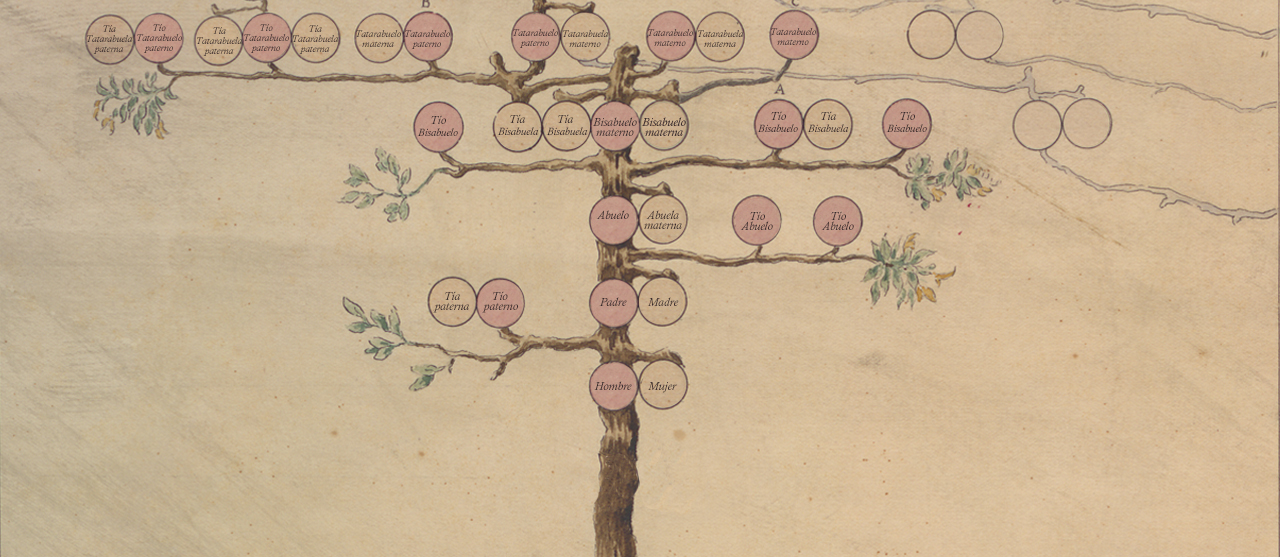The ponds
In this space, which is doubly delimited by a stone wall and a wall of vegetation, he intended to Andrés Gayoso The full meaning of this conceptual idea escapes us today. He had two stone boats, one for war, one for fishing and a figure, the lord of the serpentas intermediary between the two worldsthe calm water of the upper pond, today called "of the virtues" and the turbulent waters of the one below, which we know as the "of the vanities of the world".
An oblique axis
The location of the ponds, at an oblique line with the longitudinal axis of the main bay of the palace, may seem strange, but it responds to a double and logical conditioning: on the one hand, the hydraulic exploitation of the river Boo which crosses the Oca orchard (the current ponds were built on the site of an old water mill and its corresponding dam, constructions which, from the will of Doña María de Neira, we know existed at least since 1594); on the other hand, the situation of the chapel towers with which it is on an axis. This choice of the chapel as the axis is no coincidence and must be taken into account in the interpretation of the discourse of the ponds.
A three-hundredth anniversary bojedal
The works in this area, which are fairly well documented in the Ducal Archives of Medinaceli (Oca Section), began in the second decade of the 18th century and lasted for less than fifteen years. During this period, the old mill pond was replaced by two stone ponds separated by a dyke and the water mill was moved from its original location (most probably the present-day jetty of the vanity pond) to the head of the pond of virtues. The planting of the bojedal The surrounding area around the perimeter of the ponds dates from this period, which gives it an age of around three hundred years.
A symbolic discourse to be deciphered
The succession of works described above, which are carried out in a seamless sequence, with the next work being contracted as soon as one job is completed, indicates that a preconceived plan. Moreover, the concern that the contracts of obligation convey both for the symbolic representations of the stone figures, "...and for the symbolic representations of the stone figures, "..." (1).well shaped and worked artillery stones [...] about to fire"; "two lions [...] outstanding coats of arms"as well as the effects of falling water, "whose water shall come out of the mouth of this serpent [...] to fall on a five-quarter round stack"unequivocally point to the intention to develop a very precise discourse. It seems evident, or at least it is the most plausible hypothesis, the intention of the 1st Marquis of San Miguel das Penas to represent the group of ponds as a an inverted boat (the waters instead of surrounding the ship fill it) through which they navigate two smaller boats playing a symbolic and polysemic counterposition between earth and hell, the vanity of the world (represented by the war boat below) and paradise (symbolised by the fishing boat above), all of it presided over by the chapel that seems to float among the vegetation.
As obvious as this interpretation may seem, it leaves out many elements that should be included in a more nuanced explanation. Thus, for example, it says nothing about the heraldic monsters that adorn the warship, nor about the battlements and balls (bombs) that surround the ponds, nor about the role played by the knight of the serpent the appearance of which the Marquis took special care as can be deduced from the contract of obligation which specifies: "[...]. a giant of the size and structure of nine quarters high and all the rest, in proportion, with his garments and with his cloak and his vicegerent, with a serpent on his shoulder in all perfect form, which is to serve as a spout and conduit capable of receiving all the water that comes from the pool above to the one below, which water is to come out of the mouth of the said serpent [...]".
This figure clearly alludes to the founding myth of the lineage of the Neyras for according to Don Servando "are descended from Darius, the great hunter, son of Queen Loba and who killed a serpenton the banks of the Arce River, which is now called Neyra, from where they took their name and settled their plot of land"..
Since this she-wolf queen is linked by other myths to the Apostle Santiago and the Christianising process of Galicia, it is not unreasonable to think that the ponds collect a genealogical-religious discourse yet to be deciphered. This idea is supported by the fact that, after Andrés Gayoso's death, his son, Fernando Gayoso y Arias Ozores, undertook, without any continuity with regard to the work on the ponds, the construction of the present baroque chapel from the old oratory of María de Neira. This chapel became the vertebral axis The gardens and orchards, as well as the entrance square, which at the time was the labour square of the Pacego complex.

